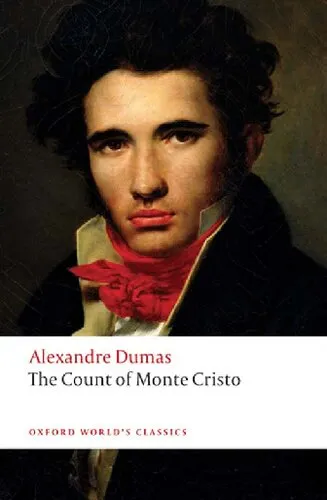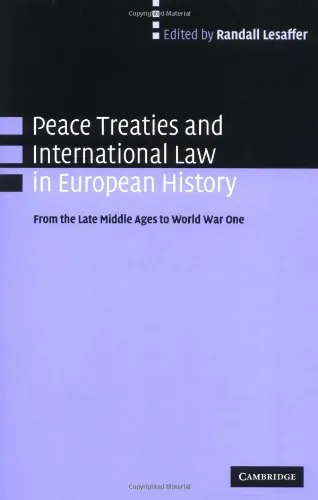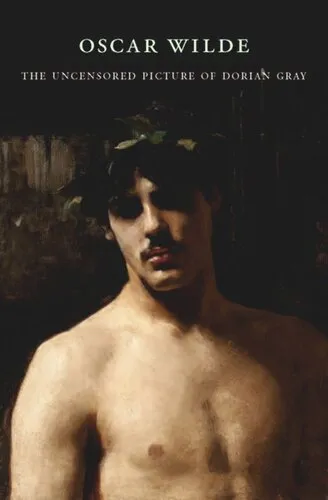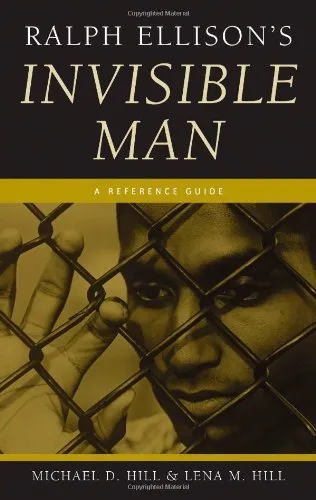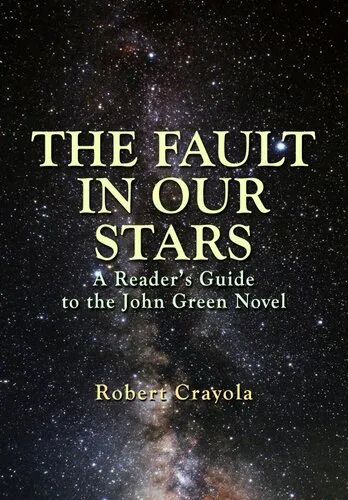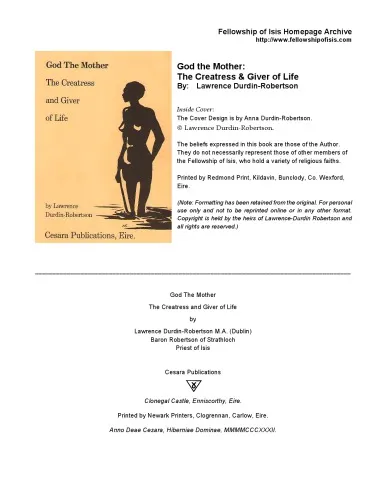The Picture of Dorian Gray (Cliffs Notes)
4.1
Reviews from our users

You Can Ask your questions from this book's AI after Login
Each download or ask from book AI costs 2 points. To earn more free points, please visit the Points Guide Page and complete some valuable actions.Related Refrences:
Persian Summary
Welcome to the comprehensive Companion Guide: 'The Picture of Dorian Gray' by Oscar Wilde. This Cliffs Notes edition delves deep into the Text's exploration of aestheticism, moral duplicity, and the interplay between outer beauty and inner corruption. Designed for both first-time readers and long-time fans, this guide offers insights and critical analysis to enhance your understanding of Wilde's only novel.
Detailed Summary of the Book
Set against the opulent backdrop of Victorian London, 'The Picture of Dorian Gray' tells the story of a young man bestowed with extraordinary beauty. Dorian Gray, the protagonist, becomes the subject of a portrait by the talented artist Basil Hallward. Captivated by Dorian’s beauty, Basil introduces him to the hedonistic Lord Henry Wotton, who preaches a philosophy of unabashed self-indulgence and moral relativism. Under Lord Henry’s influence, Dorian makes a fateful wish—that the portrait ages and bears the scars of his sins, while he remains forever youthful.
As Dorian immerses himself in a life of vice and excess, Wilde's narrative examines themes of aestheticism, moral corruption, and the duality of human nature. Dorian’s inner deterioration, though hidden from society by his unchanging outward appearance, is vividly reflected in the aging and increasingly grotesque portrait locked away in his attic. The novel culminates in a tragic collision of beauty with self-destruction, exploring the price of vanity and the illusion of eternal youth.
Key Takeaways
- The dangers of narcissism and vanity: Dorian's obsession with his beauty leads to his downfall.
- The conflict between aestheticism and morality: Wilde invites debate on whether art should be for art's sake or carry moral weight.
- The portrayal of duality and hidden identities: Dorian lives a double life, outwardly charming and inwardly corrupted.
- The corrupting influence of society: Through Lord Henry, Wilde critiques societal values that prioritize beauty and pleasure over integrity.
Famous Quotes from the Book
"The only way to get rid of a temptation is to yield to it."
"The books that the world calls immoral are books that show the world its own shame."
"I have grown to love secrecy. It seems to be the one thing that can make modern life mysterious or marvelous to us."
Why This Book Matters
'The Picture of Dorian Gray' holds a significant place in literature for its exploration of themes relevant to both Wilde's era and modern culture. At its core, the novel is a profound meditation on the symmetry between beauty and morality, challenging readers to reflect on how appearances can mask reality. Its critique of aestheticism, delivered with Wilde’s characteristic wit and paradoxical style, ensures its continued relevance and scholarly debate.
Moreover, the novel offers a powerful discourse on the consequences of living a life devoid of ethical reflection. Wilde's cautionary tale remains a salient commentary on the pursuit of hedonism and the societal valuation of superficial allure. For these reasons, 'The Picture of Dorian Gray' remains not only a staple in literature courses but also a touchstone for discussions on ethics, psychology, and art.
Free Direct Download
You Can Download this book after Login
Accessing books through legal platforms and public libraries not only supports the rights of authors and publishers but also contributes to the sustainability of reading culture. Before downloading, please take a moment to consider these options.
Find this book on other platforms:
WorldCat helps you find books in libraries worldwide.
See ratings, reviews, and discussions on Goodreads.
Find and buy rare or used books on AbeBooks.
1574
بازدید4.1
امتیاز0
نظر98%
رضایتReviews:
4.1
Based on 0 users review
Questions & Answers
Ask questions about this book or help others by answering
No questions yet. Be the first to ask!



